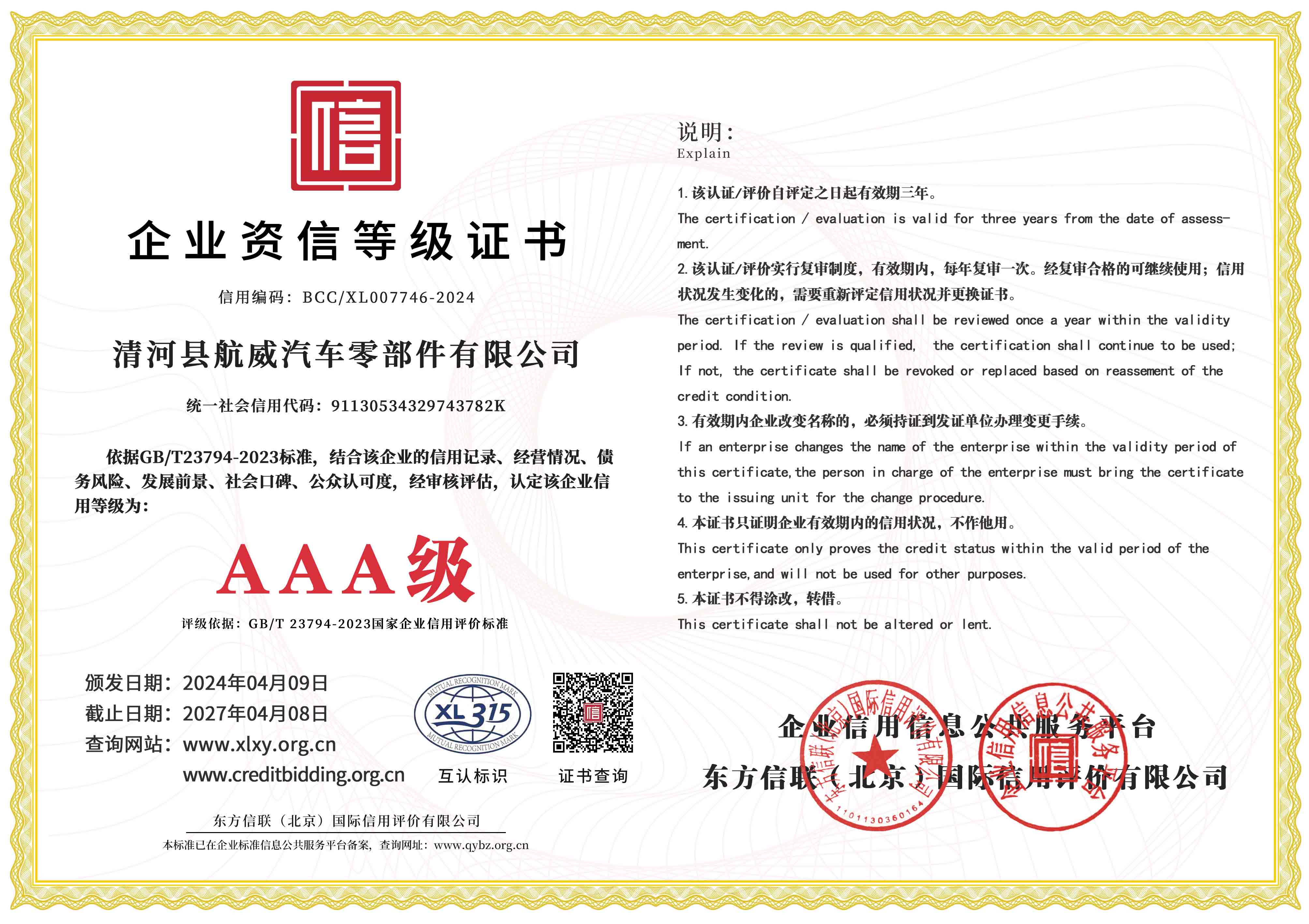hydraulic clutch pipe
Understanding Hydraulic Clutch Pipes A Key Component of Modern Vehicles
Hydraulic systems play a crucial role in the functionality of modern vehicles, and one of the most essential components of these systems is the hydraulic clutch pipe. As vehicles have evolved, so too have the mechanisms that enable drivers to operate them smoothly and efficiently. The hydraulic clutch system is a prime example of how engineering innovations have made driving more accessible and safe.
What is a Hydraulic Clutch?
Before diving into the specifics of hydraulic clutch pipes, it's important to understand what a hydraulic clutch is. In essence, a hydraulic clutch is designed to engage and disengage the engine from the transmission. This system uses hydraulic fluid to transfer the force from the pedal to the clutch mechanism, allowing for smooth gear shifts without the need for physical linkage.
Traditionally, clutch systems relied on mechanical linkages, which were often less reliable and more challenging to adjust. The introduction of hydraulic systems has transformed this aspect of vehicle design, offering several benefits, including improved pedal feel, reduced maintenance, and greater consistency in performance.
The Role of Hydraulic Clutch Pipes
The hydraulic clutch pipe is a vital component within this system. It serves as a conduit for the hydraulic fluid that is necessary for the operation of the clutch. When a driver presses the clutch pedal, the force is transmitted through the hydraulic fluid within the pipes, effectively engaging or disengaging the clutch.
These pipes are usually made from durable materials designed to withstand high pressure and varying temperatures, ensuring longevity and reliability. In many cases, lightweight materials such as aluminum or reinforced plastic are used for hydraulic clutch pipes, helping to reduce the overall weight of the vehicle while maintaining performance integrity.
Key Features and Benefits
hydraulic clutch pipe

1. Efficiency One of the most significant advantages of hydraulic clutch pipes is their ability to provide a quick response. When the clutch pedal is pressed, the fluid travels through the pipes almost instantaneously, allowing for faster gear changes and improved vehicle acceleration.
2. Reduced Pedal Effort Hydraulic systems often require less physical effort to operate compared to mechanical systems. This reduction in effort can lead to a more pleasant driving experience, particularly in stop-and-go traffic or during extended periods of driving.
3. Fewer Adjustments Unlike mechanical systems that may require periodic adjustments to cables and linkages, hydraulic systems typically self-adjust as necessary. This means less maintenance for the vehicle owner, resulting in lower long-term costs.
4. Improved Reliability Hydraulic clutch pipes are less prone to wear and tear compared to their mechanical counterparts. Their sealed nature minimizes exposure to contaminants, further enhancing their reliability over time.
Challenges and Considerations
While hydraulic clutch pipes offer numerous advantages, they are not without challenges. For example, leaks in the hydraulic system can lead to a loss of performance, requiring timely repairs to avoid complete system failure. Regular inspections of the hydraulic fluid levels and the integrity of the pipes are crucial to maintaining optimal performance.
Furthermore, extreme temperatures can impact fluid viscosity, potentially affecting clutch engagement and disengagement. It is essential for manufacturers to select fluids that can operate efficiently across a range of temperatures.
Conclusion
In conclusion, hydraulic clutch pipes represent a significant advancement in automotive technology, contributing to the efficiency, reliability, and overall driving experience of modern vehicles. As technology continues to evolve, these components will play an increasingly vital role in supporting the demands of drivers and ensuring smoother, more responsive vehicle operation. As we look toward the future of automotive design, the importance of such innovations cannot be overstated, solidifying the hydraulic clutch system—along with its essential pipes—as a key element in the performance and reliability of our everyday vehicles.
-
Workings of Clutch Pipe and Hose SystemsNewsJun.04,2025
-
The Inner Workings of Hand Brake Cable SystemsNewsJun.04,2025
-
The Secrets of Throttle and Accelerator CablesNewsJun.04,2025
-
The Hidden Lifeline of Your Transmission Gear Shift CablesNewsJun.04,2025
-
Demystifying Gear Cables and Shift LinkagesNewsJun.04,2025
-
Decoding Clutch Line Systems A Comprehensive GuideNewsJun.04,2025
